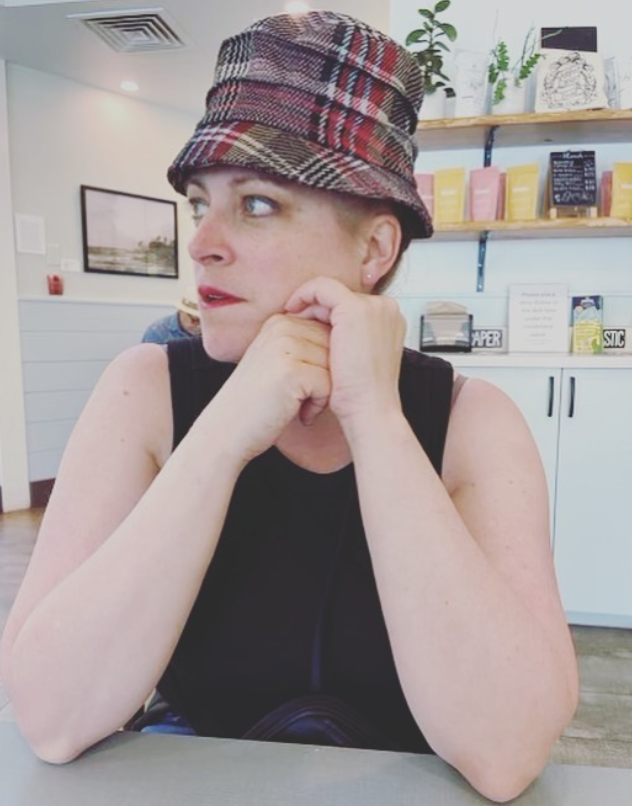Questions Teachers Ask: How Can I Help Students Improve their Story Endings?
How do I help students improve their story endings?
Story endings tend to fall flat for many students.
Endings are part of the planning process before the writing begins.
Students are taught to have a character, a setting, a problem and a solution.
The ending comes after the solution.
The ending is a statement about the solution, addressing the problem.
An ending is an extra statement or a section of the text.
For example, if the problem in the story was a lost cat and the solution was to put out tuna to lure the cat home, the ending might be a comment about not letting the cat out again or getting a leash for the cat.
The ending ties up the story, it is not the solution but a commentary on what has happened in the story.
Endings can be written as a lesson learned, “I will never go into haunted houses again, or at least not without my dog.”
Endings can be an extension of time, “Later that year I saw Franny at a soccer game, we waved at each other, but our friendship will never be the same.”
Endings can have a twist, “After I found the treasure, I lost interest in the map. It wasn’t until September, when I opened my math textbook and a coin fell out, and a familiar voice said, We want it back. All of it. I looked around the classroom to see if any one heard. The problem was my classmates were gone and the room was a ship. A panic rushed in, here we go again!”
How do other stories end? Find out!
Search through your classroom library and keep a growing list with the students.
As usual, let me know how it goes 🙂
THE END

